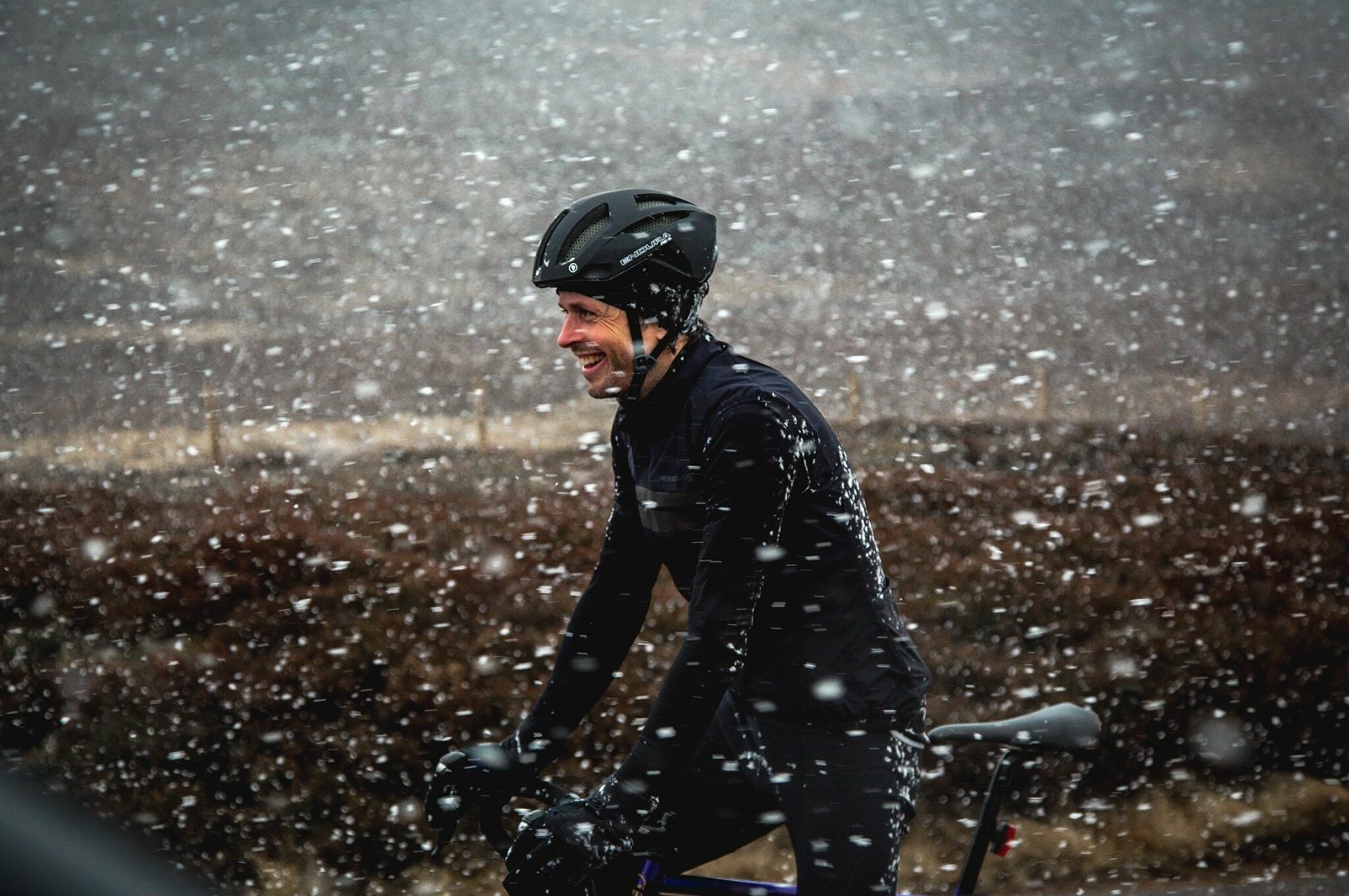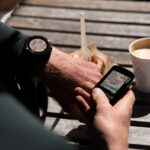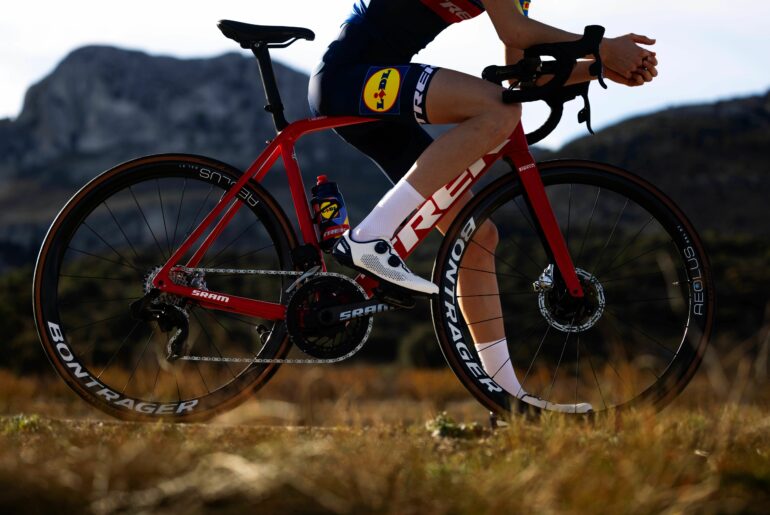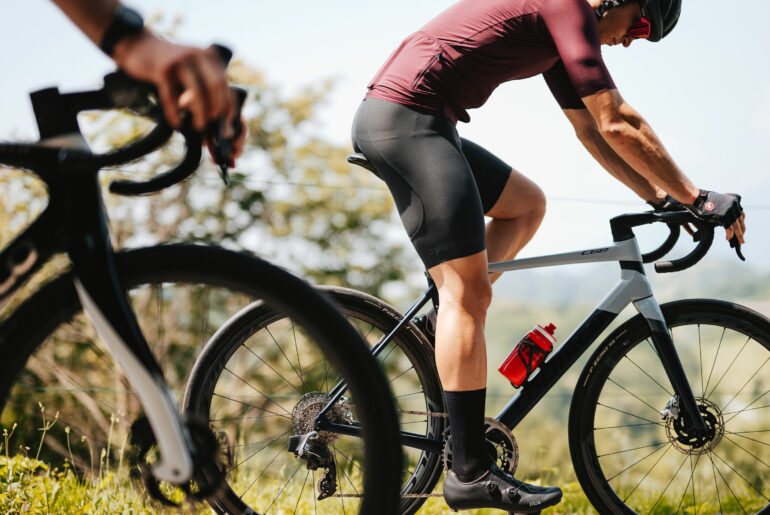Given the choice, we would all like to ride around in balmy temperatures, the sun shining down from dawn till dusk but unfortunately, this is the UK. That does not mean to say that your cycling ambitions must be curtailed or put on hold until Spring arrives. In fact, riding during the colder Winter months can be particularly invigorating and refreshing.
What it will mean is a look at what clothing choices you make. Riding through Autumn and Winter calls for layers. Using multiple layers will help move or wick the sweat away from the body keeping the heat trapped between them and remaining comfortable. You could spend a lot of money on a top-end jacket which will do some of the jobs but will not do all of it. You need to dress accordingly; we all react differently depending on the levels of exertion and how we fare in changing conditions. Our Guide to Winter Layers will keep you warm and dry.
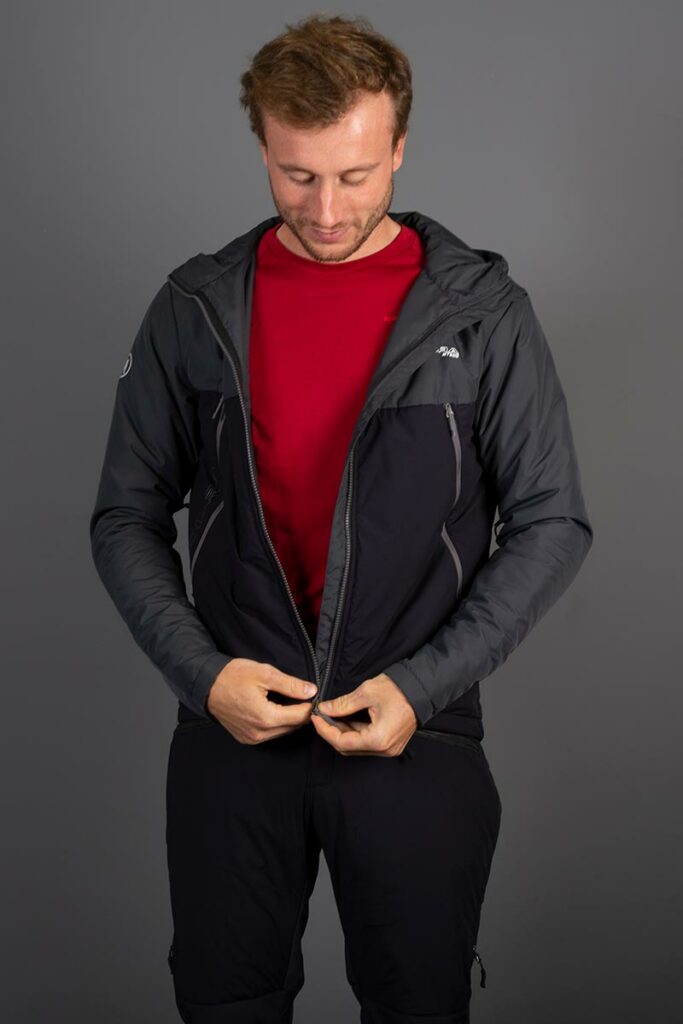
Base Layers:
As the name suggests, this is the first layer in your clothing pyramid and is worn next to the skin. Investing in a good base layer is worthwhile. Normally made from manufactured fibres or Merino wool, they have great sweat-wicking capabilities. They are a versatile piece of kit that can be used in summer as well as the depths of winter for those reasons. Available in either short or long sleeve options, you can choose what type works best for you.
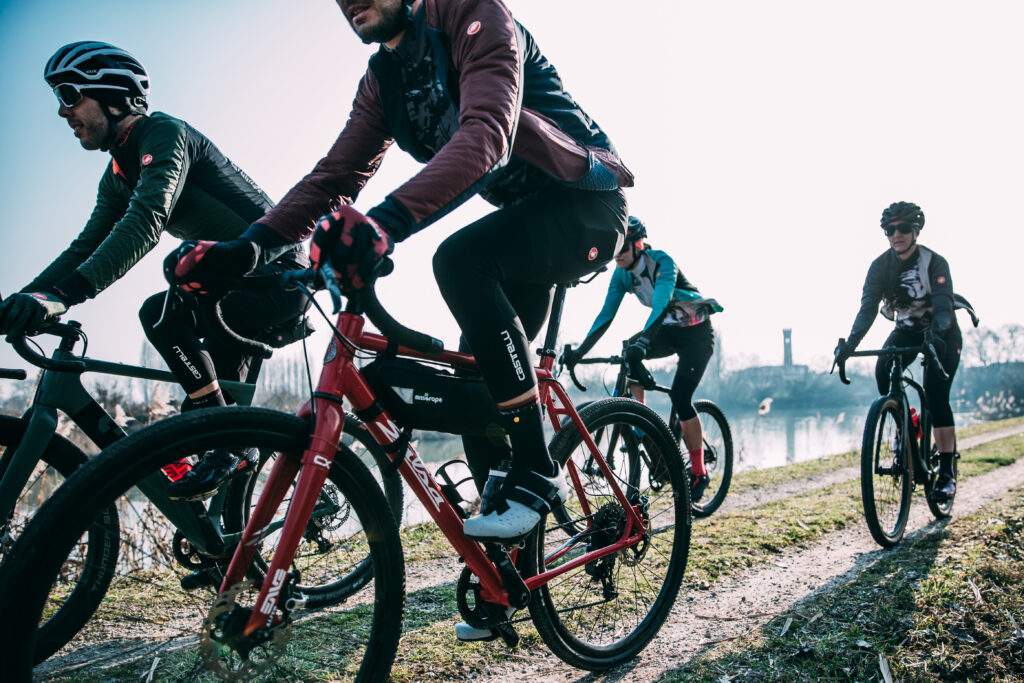
Bib Tights and Trousers:
Your next layer will be the choice of shorts or tights. Shorts or tights with built-in bib-straps offer a more secure, comfortable fit as waist shorts can cut into your midriff and feel restrictive. Bib tights are perfect for keeping the wind and spray off your legs, but you might feel too warm if the weather is milder so having a choice is worth considering. ib tights could also be worn under a pair of baggy shorts if you want to avoid the full lycra look or you might be venturing off-road or mountain biking and prefer the extra layer.
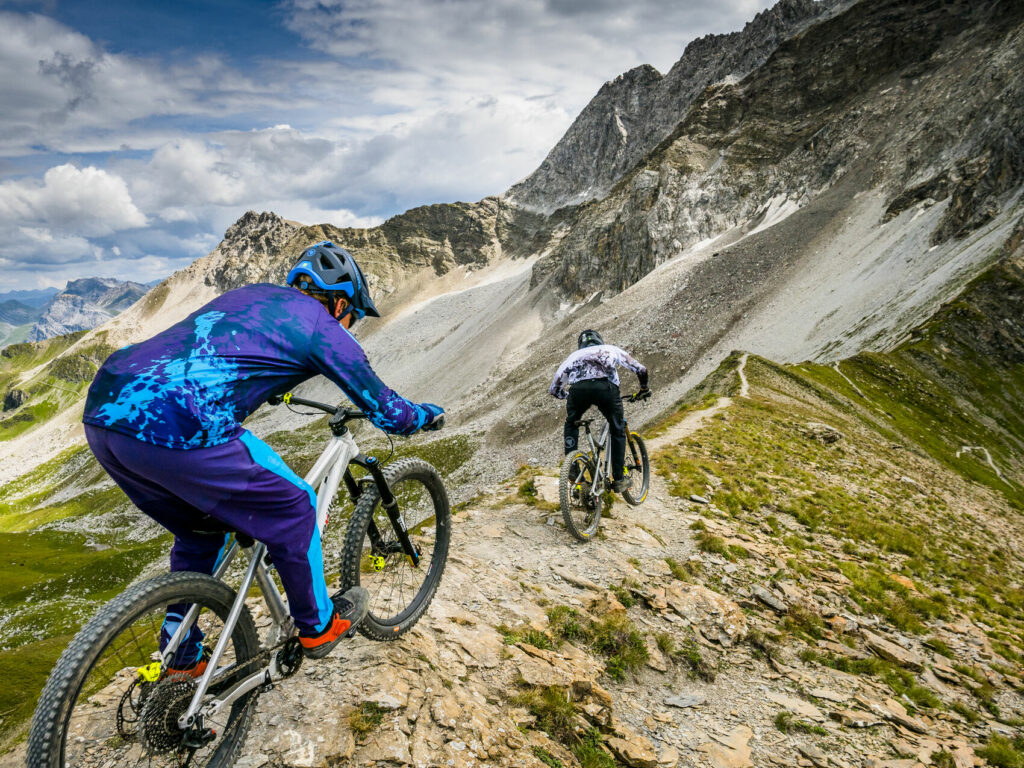
Jerseys:
You may well have a selection of jerseys in your wardrobe, short sleeve versions are great for the warm summer rides. In winter you could certainly use a jersey as part of your layering selections but if the temperature does drop you might want to consider a long-sleeved version.
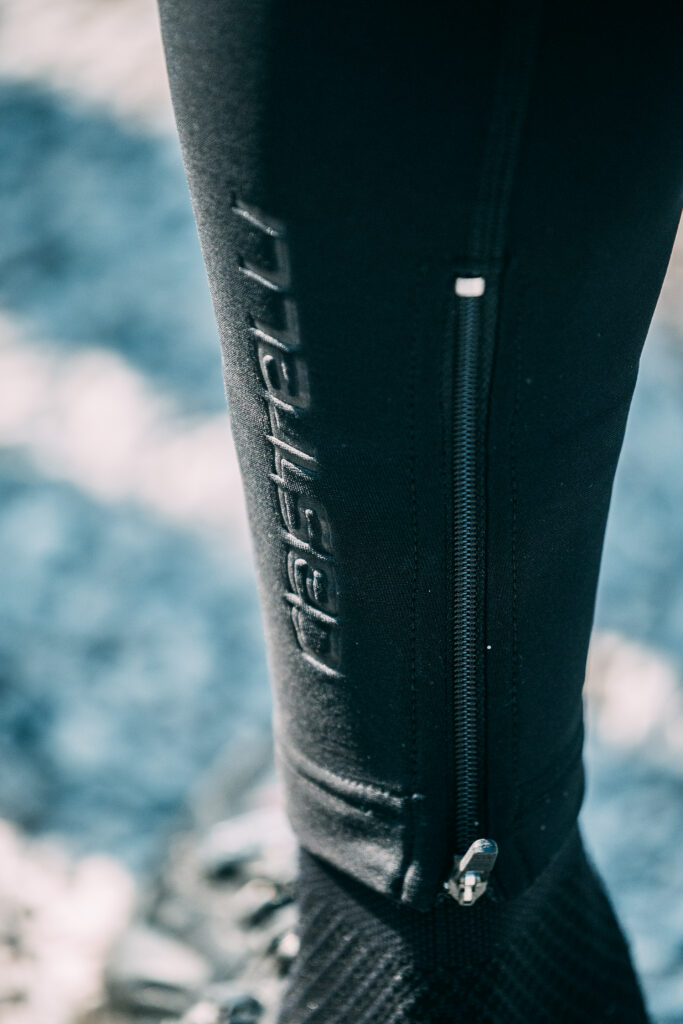
Warmers:
On milder days, your shorts and short sleeve jersey may well be enough for your journey, but we all know how changeable conditions can be. Arm and leg warmers are useful items to have, they are basically tubes of material, some are fleece lined for extra warmth that covers your arms and legs. Worn under the sleeve of your jersey or the legs of your shorts to provide that additional coverage.
Jackets:
The outer layer, the one that will bear the brunt of the elements and provide that final barrier to keeping the heat in but preventing you from over-heating. They can be split into two categories, softshell and waterproof.
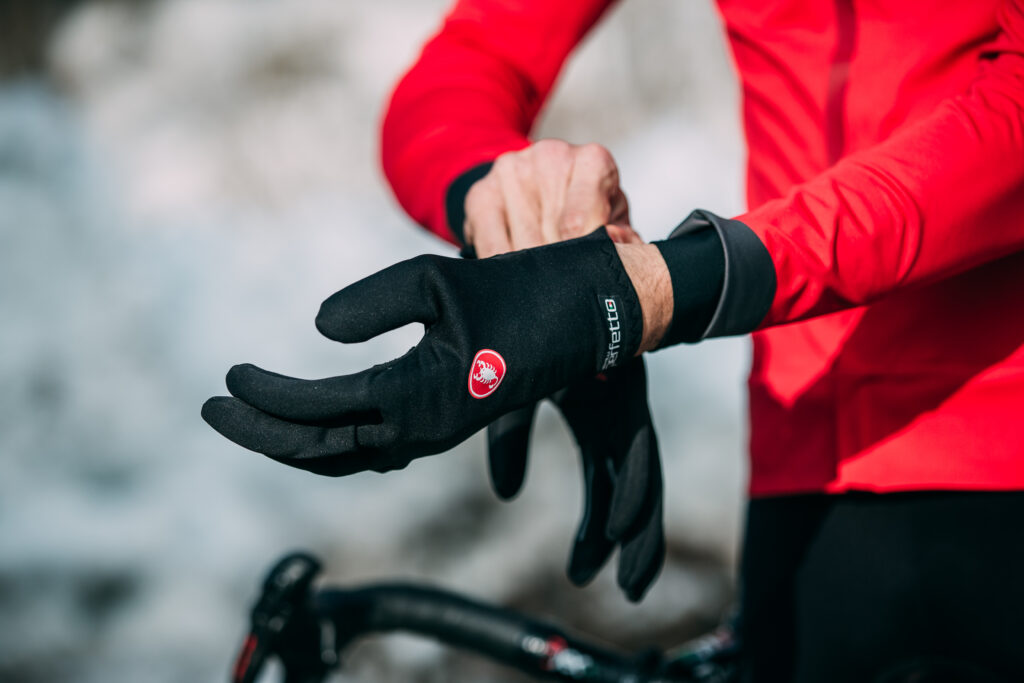
More of a substantial jersey, a softshell will offer extra warmth and may even feature wind protection especially on the front that will face the wind. On the rear you can find more breathable material to prevent overheating, a selection of pockets and some softshells may have some element of water resistance. Given that you will be wearing it during the darker winter months, you may want to consider buying one with high-visibility or reflective elements.
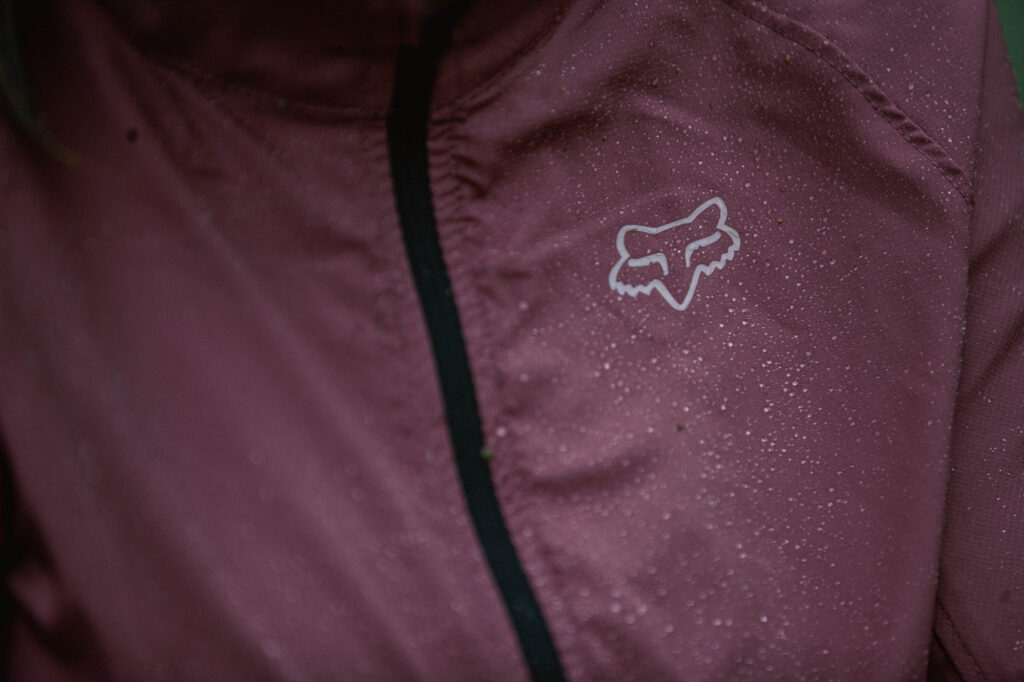
Few softshells will provide complete protection from showers or heavier bursts of rain. There is a wide choice of rain jackets from those that offer protection but can be folded up and placed in a rear pocket if not required or those that are designed to be worn as your outer layer. Another option to consider is a jacket that comes with an extended tail. The benefits are two-fold, providing greater coverage for your rear keeping the spray off so you stay drier and including reflective elements for greater visibility.
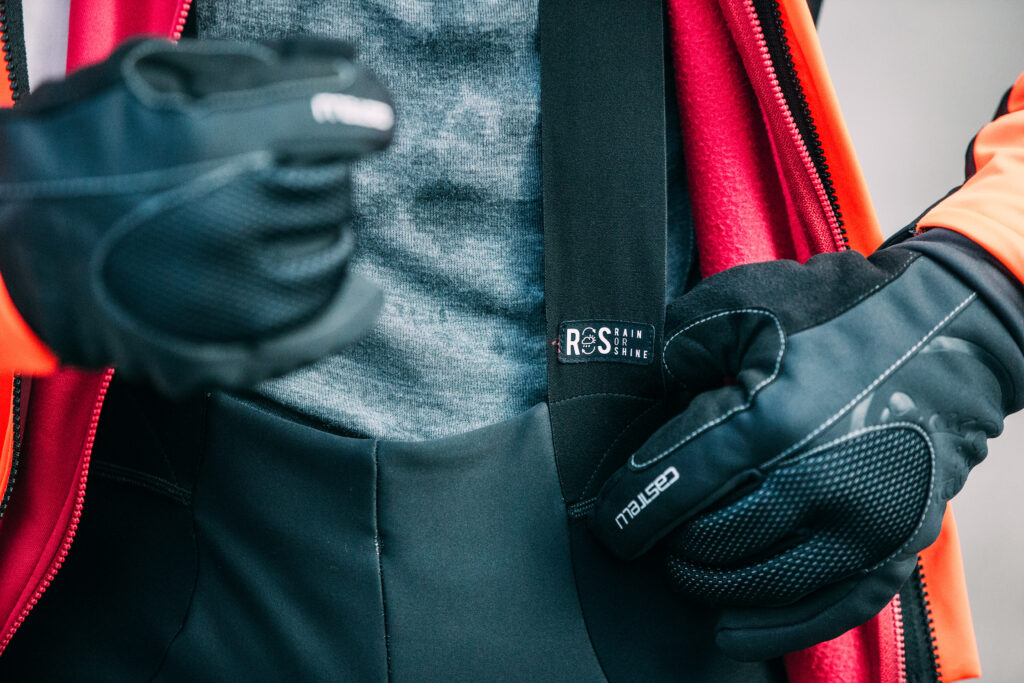
Gloves:
Having cold hands on a ride is extremely uncomfortable. It can make or break an adventure so making sure they are protected is vital. Yes, you want them to keep out the wind and even the rain, but they cannot be too bulky otherwise they will affect your ability to make your gear changes or worst-case scenario, your brakes. Silicone grip sections can help you keep contact with your bike controls in the wet and with a variety of wrist closures, you will find a glove that fits well.
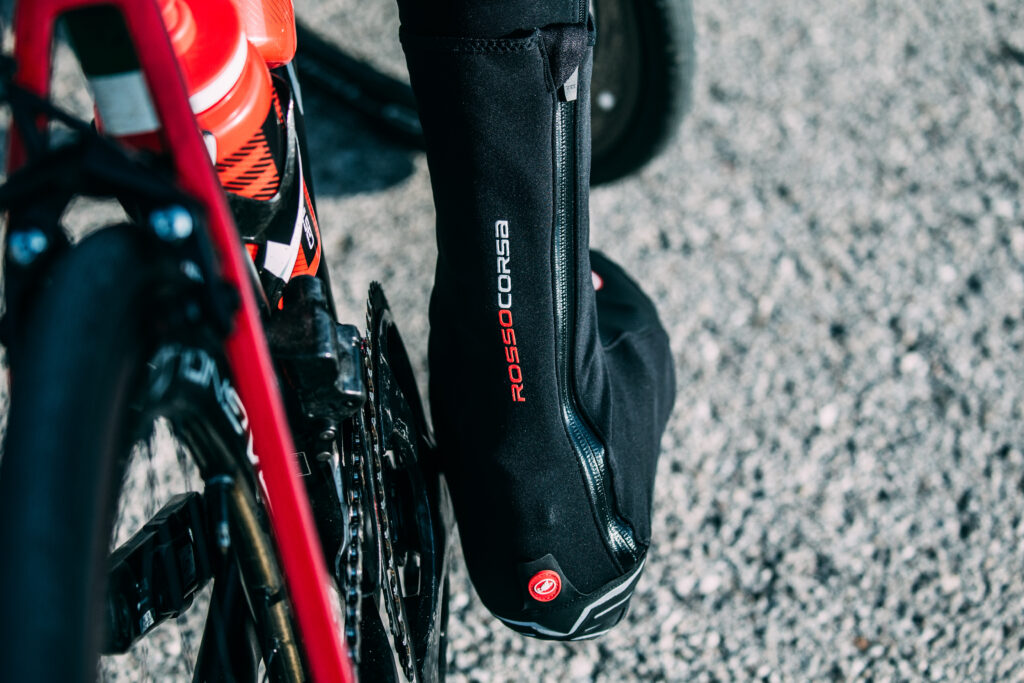
Overshoes:
As important as gloves, overshoes are designed to protect your feet. They are worn over your shoes with a Velcro or zip fastener to help get them on and off. Some do not have either but are stretchy enough to get over your shoes although you may need to allow a little more time to achieve this.
You can find options to keep your feet warm should it be a windy ride or others that will keep the rain out.
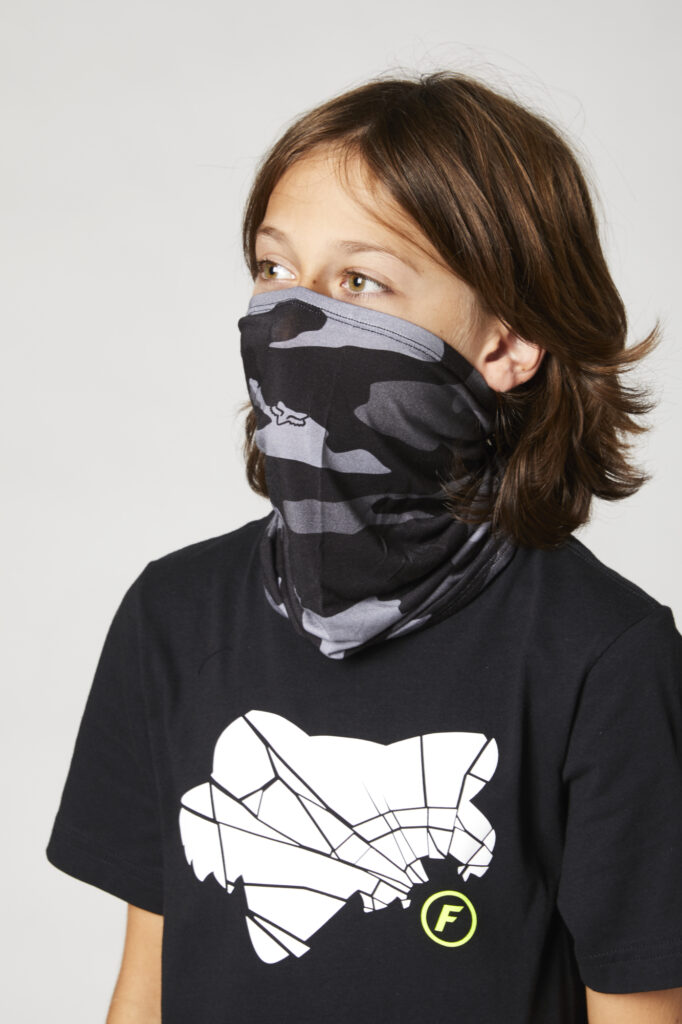
Hat, Caps and Buffs:
Your forehead and neck can also take the impact of the elements, you can relieve this by adding a hat, skull cap or headband to your line-up. Worn under your helmet, they keep your head/forehead warm and if you select one with ear coverage, you can prevent the wind from blowing under your helmet and making your head suffer greatly. In the rain a cap can be useful, a small peak can assist in keeping the rain out of your eyes or off your glasses. Do not forget your chin or the lower area of your face. This can suffer, especially on very cold or windy rides. By using a buff, bandana or even a balaclava you can add a layer of protection.
Conclusion:
There are a lot of choices here but they are options to consider with a lot depending on the conditions you’ll be riding in and how long you are planning on riding for. A lot can change over the course of a ride so being prepared is essential to avoid getting into difficulties so you can enjoy that warm glow of a ride well done.

